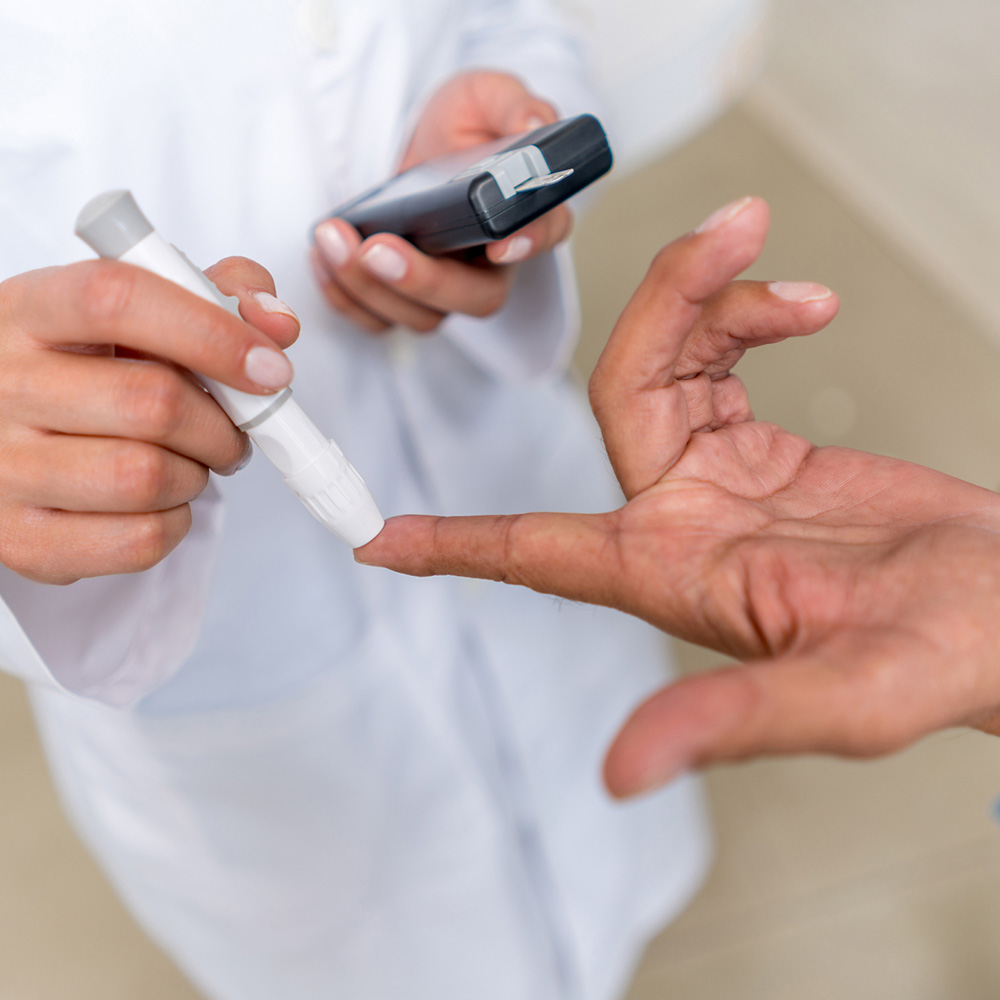madman
Super Moderator

Study reveals how estrogen exerts its anti-diabetic effects
– The quintessential female sex hormone estrogen stimulates cells that line blood vessels to deliver insulin to muscles, lowering blood sugar and protecting against Type 2 diabetes, UT Southwestern Medical Center researchers report.
www.utsouthwestern.edu
DALLAS – Oct. 23, 2023 – The quintessential female sex hormone estrogen stimulates cells that line blood vessels to deliver insulin to muscles, lowering blood sugar and protecting against Type 2 diabetes, UT Southwestern Medical Center researchers report. The findings, published in Nature Communications, could eventually lead to new therapies for Type 2 diabetes, a disease that affects hundreds of millions of people around the globe and continues to grow more prevalent.
“This study in mice reveals a new mechanism that enhances the delivery of insulin to the muscles, where 80% of glucose in the body is disposed of,” said study leader Philip Shaul, M.D., Professor of Pediatrics and Director of the Pediatric Center for Pulmonary and Vascular Biology at UT Southwestern.
Researchers have long known that estrogen appears to protect against Type 2 diabetes, a disease characterized by high blood sugar, or glucose, caused by a loss of insulin action in the body organs that control blood sugar. For example, women who undergo natural menopause or enter this state through surgery to remove their estrogen-producing ovaries have a significantly higher risk of Type 2 diabetes than premenopausal women, and the risk typically can be reduced through hormone replacement therapy. Similarly, men with mutations that inactivate estrogen receptors, which mediate estrogen action in cells, are also more likely to develop this condition.
Although the metabolic effects of estrogen on muscle and fat tissue have been well documented, its effect on endothelial cells, which line blood vessels, was unknown.
To learn more, Dr. Shaul and his colleagues studied mice in which the estrogen receptor was selectively deleted from endothelial cells through a genetic technique. Much like humans who carry an estrogen receptor mutation, male mice with this alteration developed a rodent form of Type 2 diabetes. In female mice that had their ovaries removed and were on a high-fat diet – a recipe for Type 2 diabetes in otherwise healthy animals that can be reversed by estrogen treatment – the selective silencing of the estrogen receptor gene in endothelial cells resulted in a complete loss of estrogen’s anti-diabetic actions. These experiments showed that in both sexes, the estrogen receptor plays a critical role in endothelial cells to lower blood glucose.
Further experiments in cells in culture showed that when estrogen stimulates the estrogen receptors on endothelial cells, insulin is readily transported from one side of the cells to the other. In mice, this effect resulted in the movement of insulin from the bloodstream into skeletal muscle, which consumes the vast majority of glucose in the body. A closer look showed that a protein known as sorting nexin 5 (SNX5) plays a key role in this process. The researchers showed that using a genetic technique to turn off this protein in endothelial cells caused the same loss of estrogen’s ability to stimulate insulin transport as deleting estrogen receptors.
Together, Dr. Shaul said, these findings indicate that in both males and females, estrogen’s action on endothelial cells is critical for getting insulin to skeletal muscles, where it lowers glucose. Further work is needed to determine where estrogen-promoting insulin transport into muscles comes from in males. By harnessing the mechanisms favoring endothelial cell insulin transport, he said, scientists eventually may be able to develop new therapies to treat Type 2 diabetes.
Dr. Shaul holds the Associates First Capital Corporation Distinguished Chair in Pediatrics.
















